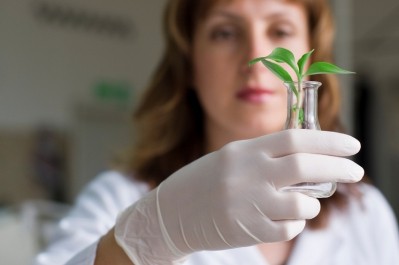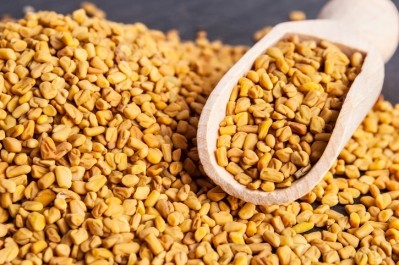EFSA updates 900 compound-strong botanical safety compendium

The compendium adds to a 2009 list that EFSA at the time emphasised was “a living document”.
The 2009 list is built on with consideration of developments such as the negative list established by at least one European Union member state to inform a negative list. The new list also creates annexes for botanical substances where insufficient information exists for potential safety concerns, identity of the component or other reasons.
The ‘Compendium of botanicals reported to contain naturally occurring substances of possible concern for human health’ is designed to help safety assessments but EFSA notes it is a guidance and in no way legally binding.
“The Compendium is intended to help with the safety assessment of botanicals and botanical preparations intended for use as food supplements, by facilitating hazard identification,” EFSA wrote.
“The Compendium aims at flagging plants or part of plants or compounds of possible concern for human health naturally present in the listed botanicals and that therefore require specific attention while assessing the safety of products containing such botanical(s).”
EFSA added: “It is underlined that the presence of a substance of concern in a given botanical does not necessarily mean that this substance will also be present in the botanical preparation and, if present, that it is at a dosage causing a health concern.”
“The absence of a given botanical species in this Compendium cannot be interpreted as this species is devoid of compounds hazardous for human health. In the same way, not mentioning a specific part of plant does not imply absence of substance(s) of concern in this part.”
It then noted that, “This compendium does not address possible synergies or antagonisms between botanical substances, nor possible interactions with other products that would need to be taken into account when assessing safety...”
Two-tier
The 2009 guidance came after five years of work by EFSA scientists, in consultation with industry, and suggested a two-tier system of proving the safety of herbs split between traditional use data and emerging data including clinical and animal studies.
“This approach consists of a first safety assessment level based on available knowledge and a subsequent level in which the safety assessment includes newly generated data,” EFSA said at the time.
“A general framework for safety assessment is proposed by the Scientific Committee, in which botanicals or botanical preparations for which an adequate body of knowledge exists could benefit from a ‘presumption of safety’ without any need for further testing.”















